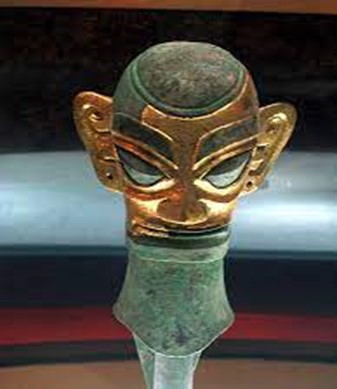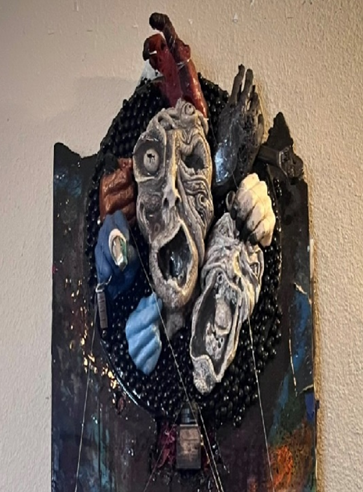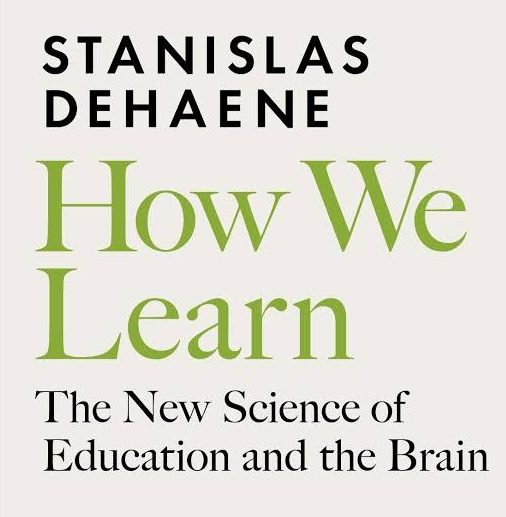Roger F. Malina, Tomas Londono and Tommy Ayala
On Dec 13 2023 Roger Malina and Tomas Londono did a first public presentation on the idea of using Smart Village methodologies to convert the UTD ArtSciLab into a Smart Village.
They were invited to present at 2023 China Design and Artificial Intelligence Liangzhu Summit, held from December 13th to 16th, 2023.
They were told that Liangzhu entered the realm of national civilization over 3,000 years ago. Industrial design, originating from the “Industrial Revolution,” represents innovative design. When these two meet across time and space, from culture to industry, from nation to design, the mission of the “School of Industrial Design” at the China Academy of Art is set. Starting from the steam era (Industrial 1.0), the electrical era (Industrial 2.0), the information era (Industrial 3.0), and now entering the intelligent era (Industrial 4.0), design is constantly evolving in the intersection of humanism and technology. “Industry” represents the industrial circle, and “School” represents academia, while “Design” in the context of great innovation is our shared endeavor.
In this blog Roger Malina tries to explain his motivations for being involved in the project.
You can also view slides and watch the recorded presentation.
About the Author:
Roger F. Malina is a space scientist and astronomer, with a specialty in extreme and ultraviolet astronomy, space instrumentation and optics. He served as director of the Observatoire Astronomique de Marseille Provence and was NASA Principal Investigator for the Extreme Ultraviolet Satellite project at the University of California, Berkeley.
He is also a publisher and editor in the new emerging research fields that connect the sciences and engineering to the arts, design and humanities. Since 1982, he has served as Executive Editor of the Leonardo Publications at MIT Press. He founded, and serves on the board of two nonprofits, ISAST in San Francisco and OLATS in Paris, which advocate and document the work of artists involved in contemporary science and technology.
He is currently a Distinguished Professor of Art and Technology and Professor of Physics, at the University of Texas at Dallas and Directeur de Recherche for the CNRS in France. He serves as the Associate Director of ATEC, and founded the ArtSciLab in the ATEC program fall 2013.












